"Finding Home" is now available on Amazon.
Healing Through Art
Life is filled with experiences of pain, suffering, and loss. The struggle for survival, success, and overcoming obstacles is a universal journey. Finding ways to cope with these challenging experiences is essential. Art can serve as a powerful therapeutic outlet, helping us process our emotions and find solace. Painting, drawing, or sculpting can aid in healing and provide comfort during difficult times.
The Therapeutic Power of Art
Art offers a unique and effective way to express and process emotions. Here’s why art is a valuable tool for healing:
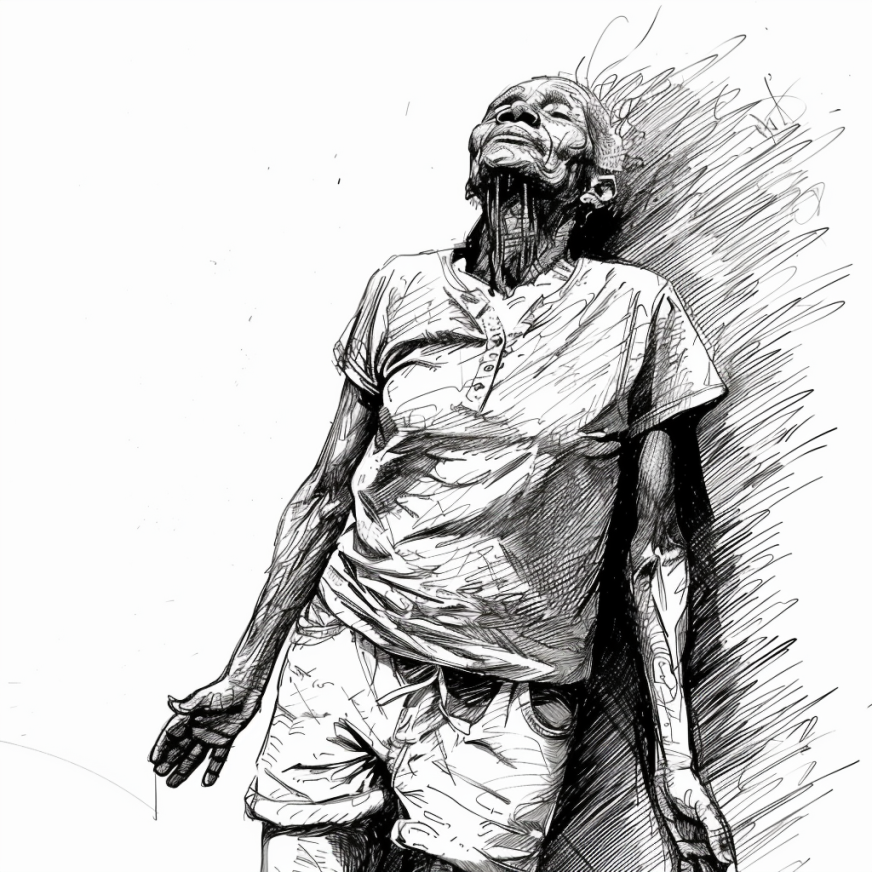
Emotional Expression
- Safe Outlet: Art provides a safe, non-verbal outlet for expressing complex and difficult emotions that might be hard to articulate.
- Catharsis: Engaging in creative activities can be cathartic, allowing for the release of pent-up emotions and fostering emotional relief.
Self-Reflection
- Personal Insight: Creating art encourages self-reflection, helping individuals gain insights into their feelings and experiences.
- Understanding Emotions: Art can help in understanding and making sense of emotions related to pain and loss, leading to greater self-awareness.
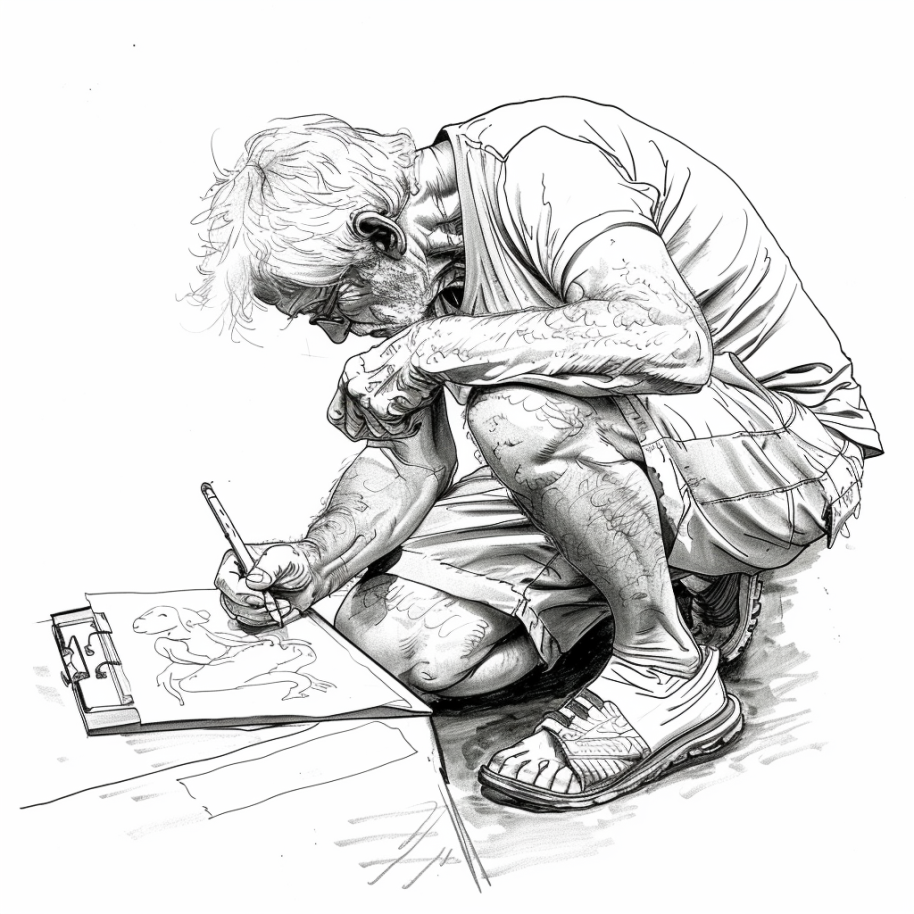

Stress Reduction
- Relaxation: The act of creating art can be calming and meditative, reducing stress and promoting relaxation.
- Mindfulness: Art encourages mindfulness by focusing attention on the present moment and the creative process.
Exploring Artistic Techniques for Healing
Any artistic technique can be effective in helping individuals cope with pain and loss. Here are a few to consider:

Abstract art allows for the expression of emotions through colors, shapes, and textures without the constraints of realism. It can be a powerful way to convey feelings of pain, confusion, or sorrow.
Painting
- Watercolor: The fluidity of watercolor painting can be soothing and reflective, capturing the ebb and flow of emotions.
- Themes and Symbols: Consider using themes and symbols that represent your emotions or experiences, such as dark colors for grief or light colors for hope.
Drawing
- Journaling with Drawings: Combine drawing with journaling to create a visual diary of your emotions and experiences.
- Charcoal and Pencil: These mediums allow for strong contrasts and bold lines, which can be effective in expressing intense emotions.
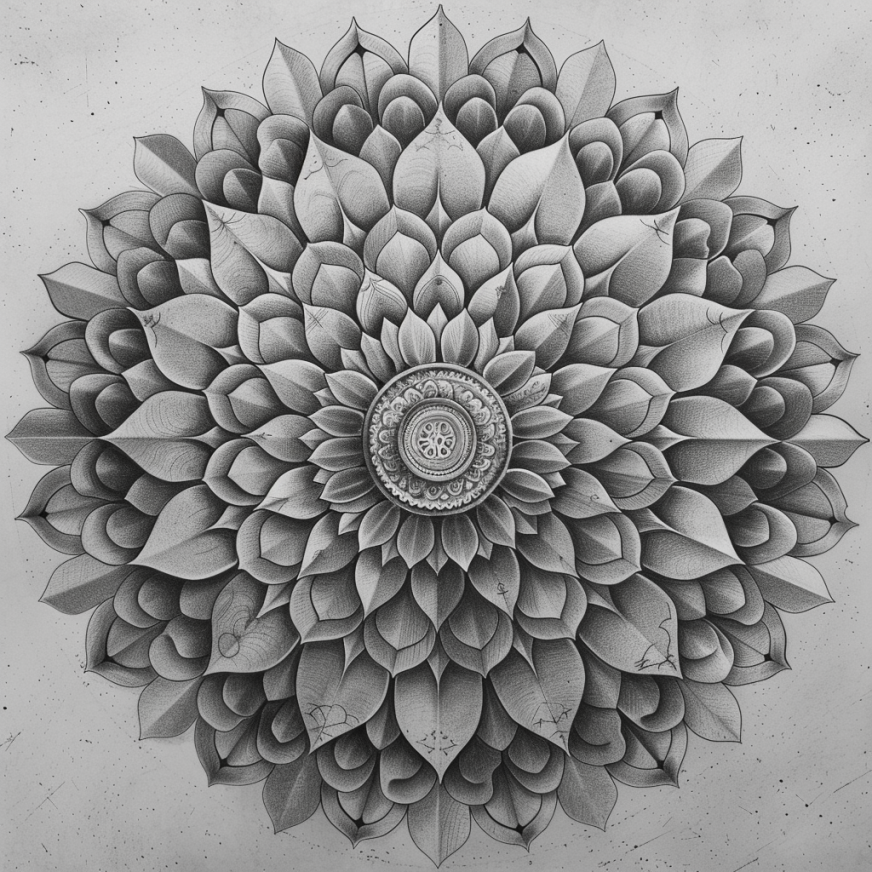
Drawing mandalas can be a meditative and calming activity, helping to center your thoughts and emotions.

Assemblage:
Combining found objects into sculptures can represent the process of piecing together different aspects of life and emotions.
Sculpting
- Clay Modeling: Working with clay is a tactile and hands-on activity that can be deeply grounding and therapeutic. Sculpting allows for the physical manipulation of materials, providing a sense of control and creation.
- Carving: Wood or stone carving can be a slow, deliberate process that encourages patience and reflection. Each stroke can symbolize a step towards healing and transformation.
Practical Tips for Using Art to Cope with Pain and Loss
Here are some practical tips to help you start using art as a therapeutic outlet for dealing with pain and loss:
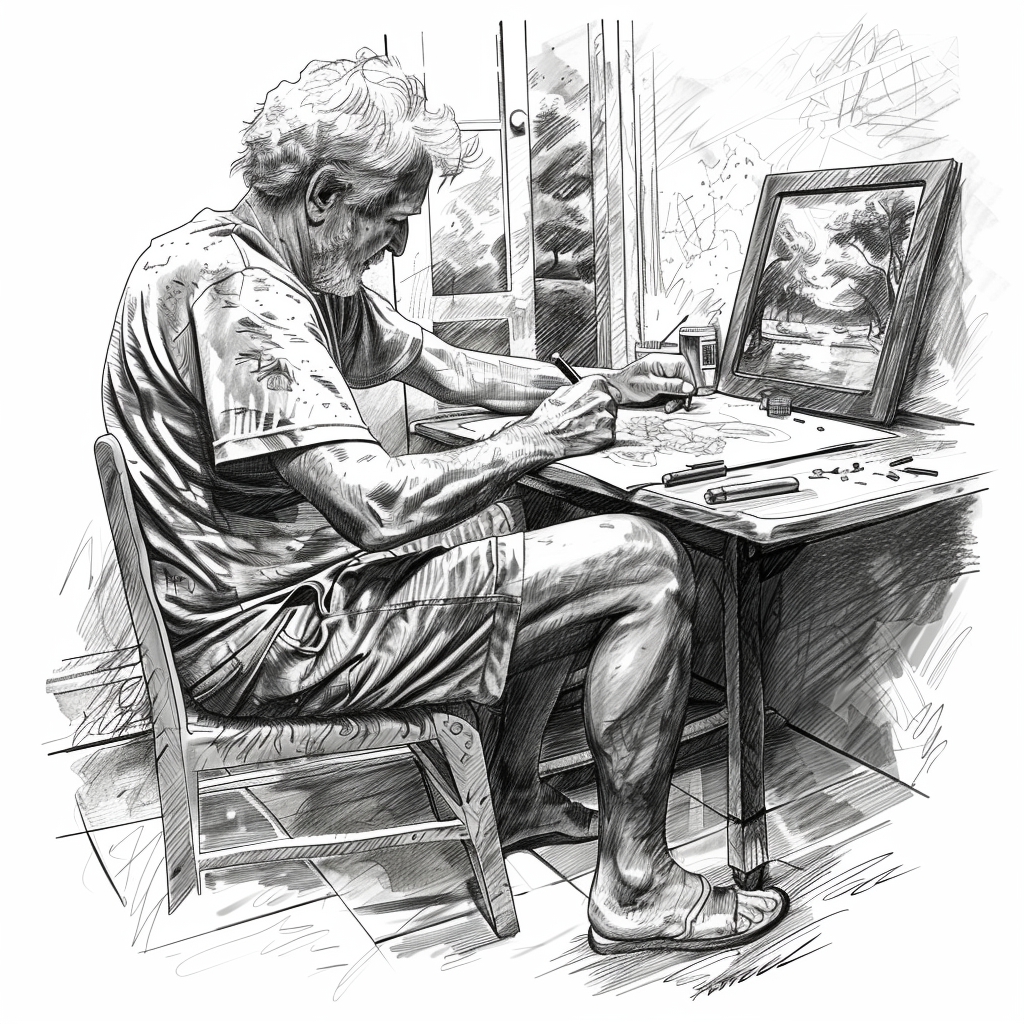
Create a Healing Environment
- Designate a Space: Set up a comfortable and inspiring space for your art activities, free from distractions.
- Gather Supplies: Collect all the necessary art supplies, such as paints, brushes, clay, pencils, and paper, to ensure you have everything you need to create.
Start Small and Be Consistent
- Begin with Simple Projects: Start with small, manageable art projects to build confidence and gradually take on more complex pieces.
- Regular Practice: Dedicate regular time to your art activities. Consistent practice will help you develop your skills and find comfort in the creative process.

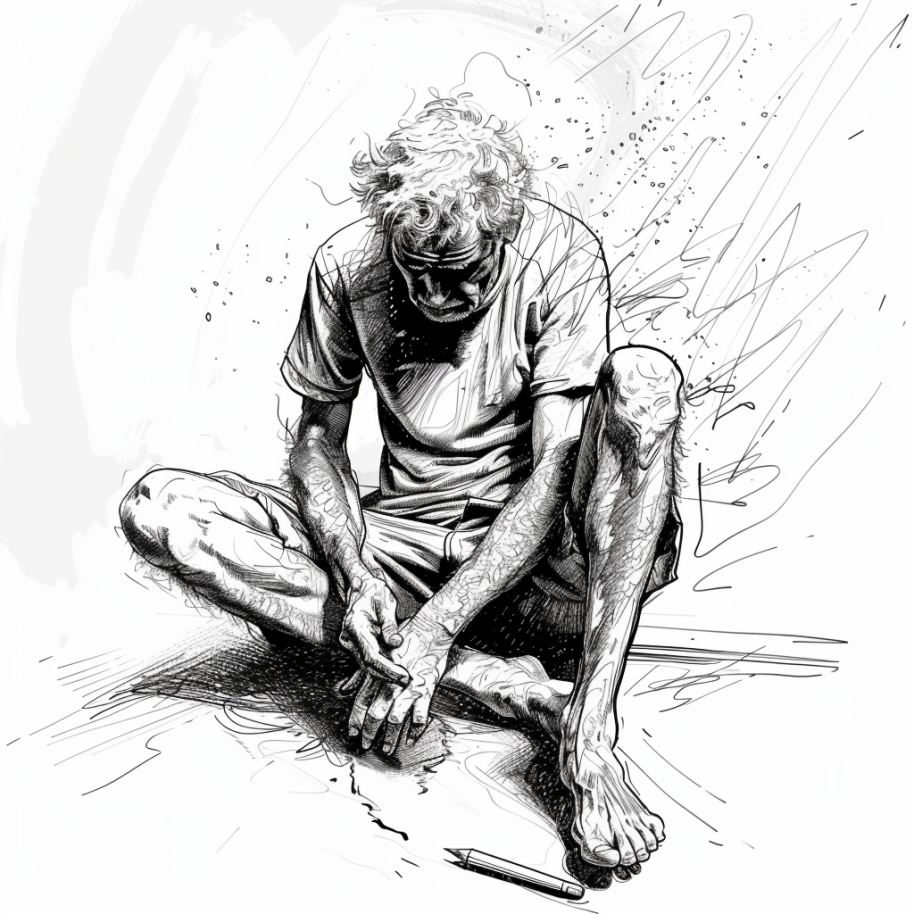
Embrace Your Emotions
- Be Honest: Allow yourself to be honest and vulnerable in your creative expression. Authenticity will make your art more meaningful and impactful.
- Explore Different Emotions: Don’t shy away from difficult emotions. Explore the full spectrum of your feelings related to pain and loss, from anger and sadness to hope and acceptance.
Seek Inspiration
- Reflect on Experiences: Draw inspiration from your own life experiences, emotions, and reflections on pain and loss.
- Explore Art and Literature: Engage with art, music, and literature that deal with themes of suffering and healing. This can provide inspiration and a sense of connection with others who have faced similar struggles.

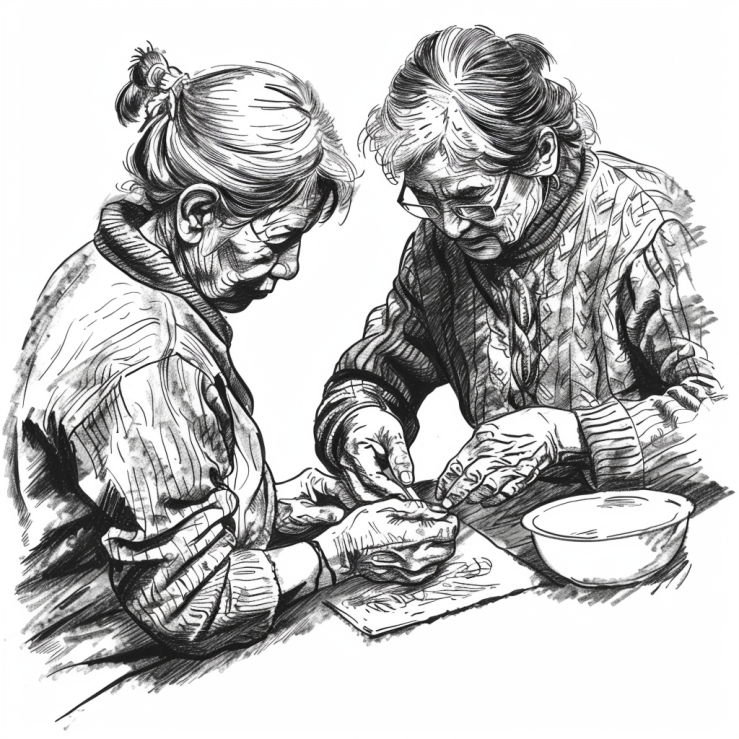
Share Your Work
- With Loved Ones: Share your art with family and friends. Their feedback and support can be motivating and comforting.
- Community Involvement: Participate in art groups, workshops, or therapy sessions to share your work with a broader audience and connect with others.
The Healing Journey Through Art
Engaging in art to cope with pain and loss offers numerous therapeutic benefits:
Emotional Healing
- Processing Grief: Art can help process and heal from grief, providing a way to honor and remember loved ones.
- Emotional Release: Creative expression can facilitate the release of intense emotions, leading to emotional relief and healing.
Personal Growth
- Self-Discovery: Art encourages self-discovery and personal growth, helping you understand yourself better and find meaning in your experiences.
- Empowerment: Creating art can be empowering, giving you a sense of control and accomplishment.
Social Connection
- Sharing Stories: Sharing your creative work can strengthen connections with family, friends, and the community.
- Building Community: Engaging in creative activities with others can provide a sense of community and support, reducing feelings of isolation.
Conclusion
Art offers a powerful way to cope with experiences of pain, suffering, and loss. By engaging in creative activities such as painting, drawing, or sculpting, you can process your emotions, find solace, and embark on a healing journey.
Start today by setting aside time for creative expression and embracing the therapeutic power of art. Reflect on your experiences, explore your feelings, and create art that speaks to your unique journey. Art is a deeply personal and transformative process, offering a unique way to navigate and heal from life’s challenges.
Source: OpenAI. (2024). ChatGPT (4o) [Large language model]. https://chatgpt.com
Share this article.
Here are a few more resources to explore Healing Through Art.




